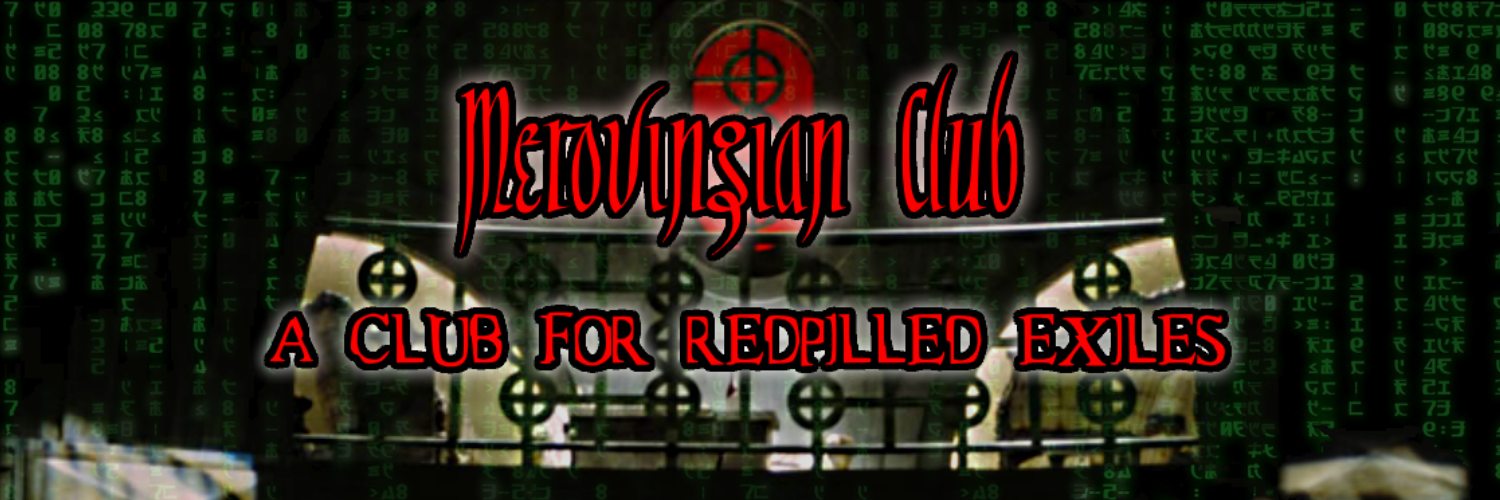
@leespringfield1903 how many times has that fgt podcaster quit by now? why is he even there lol
@sun @dcc @j @p @lanodan @hj there's no problem with using mindless AI for whatever work you want it to do, that's the ideal usage for it imo. The problem arises when people expect it to understand things, or expect it to "develop" consciousness. This error stems from how modern neuroscience theorises about human consciousness (network) so they cannot see why a complex-enough artificial network wouldn't achieve consequences too, which is all nonsense of course (dead ≠ living)
He also spoke about the holy grail of AI in gaming, on the fly generated reaction to player agency. They admitted they're not there yet. This is an area where AI could introduce a qualitative quantum leap in gaming. The type where everything without it will look lame and bland.
For all the doom and gloom when it comes to AI in this interview the Baldur's Gate 3 developer gave reasonable and very pragmatic answers. AI will not replace humans, AI will not replace any human creativity, AI will only process mundane and repetitive tasks (cleaning audio, transferring animations, etc.) no one wants to do, which will free up human talent for actual creative work. This is a win-win and how AI should actually be used.
@markovjulia Oh hello reality check, This is a paraphrasing of the original quote which is from Aristotle. also this guy is a literal Mossad agent Fuck that guy
@vic seems to be the case. It boils down to the purpose and efficacy of those AI data centers.
@vic I think it goes rather in the direction that consumers aren't even a part of the equation anymore. Straight to industry, in this case.
@j @dcc @p @lanodan @hj @sun
I wanted to add. AI has no intelligence. Intelligence means understanding, something that is intelligible. To understand something implies a Mind that can understand. AI means Artificial Intelligence, it simulates understanding, it simulates a mind, but it has no mind. No understanding, no intelligence.
@fknretardlol @RealRaul @suquili it is a hidden principle handed down by Japanese masters (I'm not joking)
The RAM situation (all manufacturers decided they'd make more profit producing solely for AI data centers) reminds me of that one theory that says in the end capitalism will realize it does not need the consumer.
IYKYK
